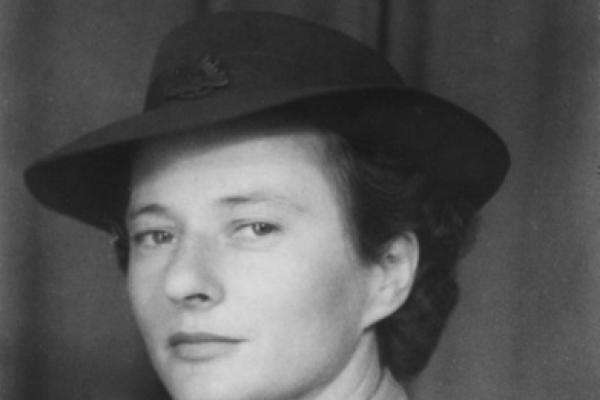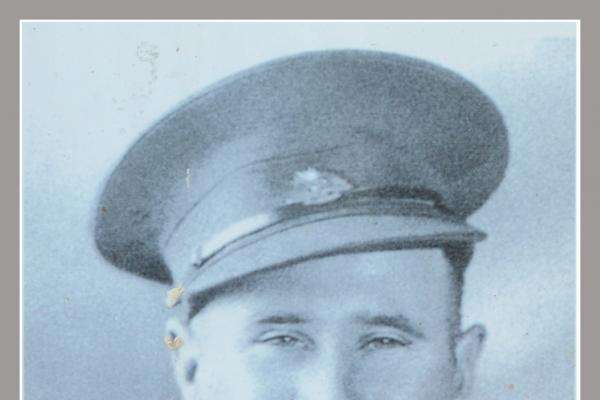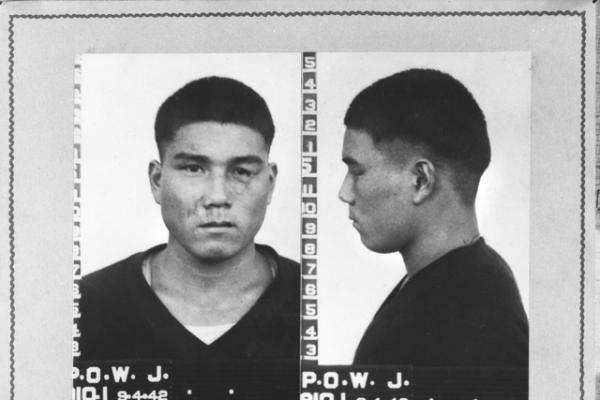Cowra breakout
Monday 5 August 2024 marks the 80th anniversary of the breakout of approximately 545 Japanese prisoners from No. 12 Prisoner of War Compound - known as the Cowra breakout.
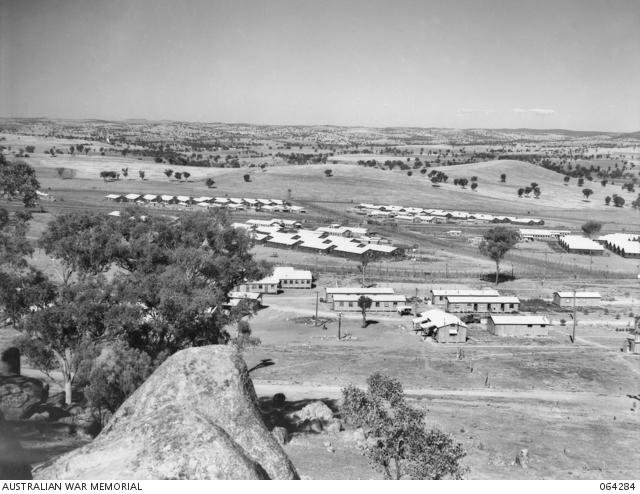
Looking west showing the compounds of the 12th Australian Prisoner of War Camp at Cowra, with the Group Headquarter buildings in the foreground.
064284
By August 1944 there were 2,223 Japanese prisoners of war in Australia, including 544 merchant seamen. Of these 1,104 were housed in Camp B of No. 12 Prisoner of War Compound near Cowra, in the central west of New South Wales. They were guarded by the 22nd Garrison Battalion.
On Friday 4 August, in response to information that the Japanese were discussing a mass outbreak, notice was given that all Japanese prisoners below the rank of Lance Corporal would be transferred to the Hay Prisoner of War Camp. About 2 am on Saturday 5 August 1944 a prisoner ran shouting to the camp gates. Soon afterwards an unauthorised bugle was heard and prisoners, armed with knives and improvised clubs, rushed from their huts and began breaking through the wire fences. Sentries opened fire but several hundred prisoners escaped into open country, while others who remained set fire to the camp buildings.
Approximately 545 Japanese attempted escape. In the following nine days 334 prisoners were retaken. In all, 234 Japanese were killed or committed suicide and 108 wounded.
Australian casualties
On the night of the breakout three Australian soldiers were killed and another three were wounded. Privates B.G. Hardy and R. Jones, who were overwhelmed while manning a machine gun post, were posthumously awarded the George Cross.
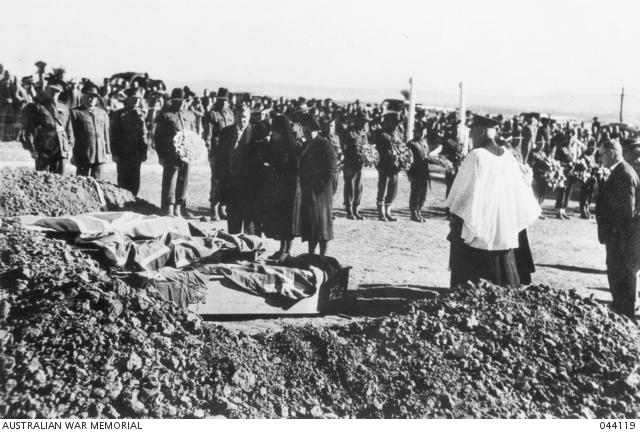
Burial of Australian soldiers killed during breakout of Japanese prisoners at camp 12B, Cowra prison of war and internment group compound, 05-08-1944.
044119.
Closing the camp
The Cowra camp remained open until 1947 when the last of its prisoners and internees were repatriated. The camp was then dismantled, many of the buildings re-used elsewhere at government facilities and the barbed wire and fencing sold off to local farmers.
Last Post Ceremony
The 80th anniversary of the Cowra Breakout will be commemorated in the Last Post Ceremony on the evening of 5 August 2024 with the service of Private Charles Henry Shepherd to be remembered. The ceremony is held in the Australian War Memorial Commemorative Courtyard.
Cowra Memorial
The Cowra breakout is commemorated on a war memorial cairn on the site of the prisoner-of-war camp. Visit the Places of Pride website to learn more about this memorial.
Image source: Henry Moulds
They had to remember they were soldiers, albeit female
In the early hours of the morning on 5 August, 1944, Australian Army personnel in the Australian Women’s Army Service (AWAS) were awoken by the noise of almost a thousand Japanese prisoners armed with gardening tools, baseball bats, axes and knives, breaking through the fences of the camp. Image: Lieutenant Nelly Gould, Officer in charge of AWAS Barracks, Cowra
Killed on Duty - the death of a brave soldier
Lieutenant Harry Doncaster was an AIF officer from Victoria, who had served with the 2/8th Battalion of the 2nd Australian Imperial Force. At the time of his death he was posted to 19 Infantry Training Battalion at Cowra. He was leading a group of trainee soldiers attempting to round up escapees when, in the poor light of dusk, the search team came upon a group of escapees, one of whom was standing on a large rock, brandishing a knife.
The bugle and the breakout
Just before 2 am on Saturday, 5 August 1944, Japanese fighter pilot Hajime Toyoshima sounded the bugle that signalled the beginning of the Cowra breakout.
Today, the bugle is part of the national collection at the Australian War Memorial, a poignant reminder of the largest escape attempt from a prisoner-of-war camp in Australia – and a reminder of the lives that were lost.


